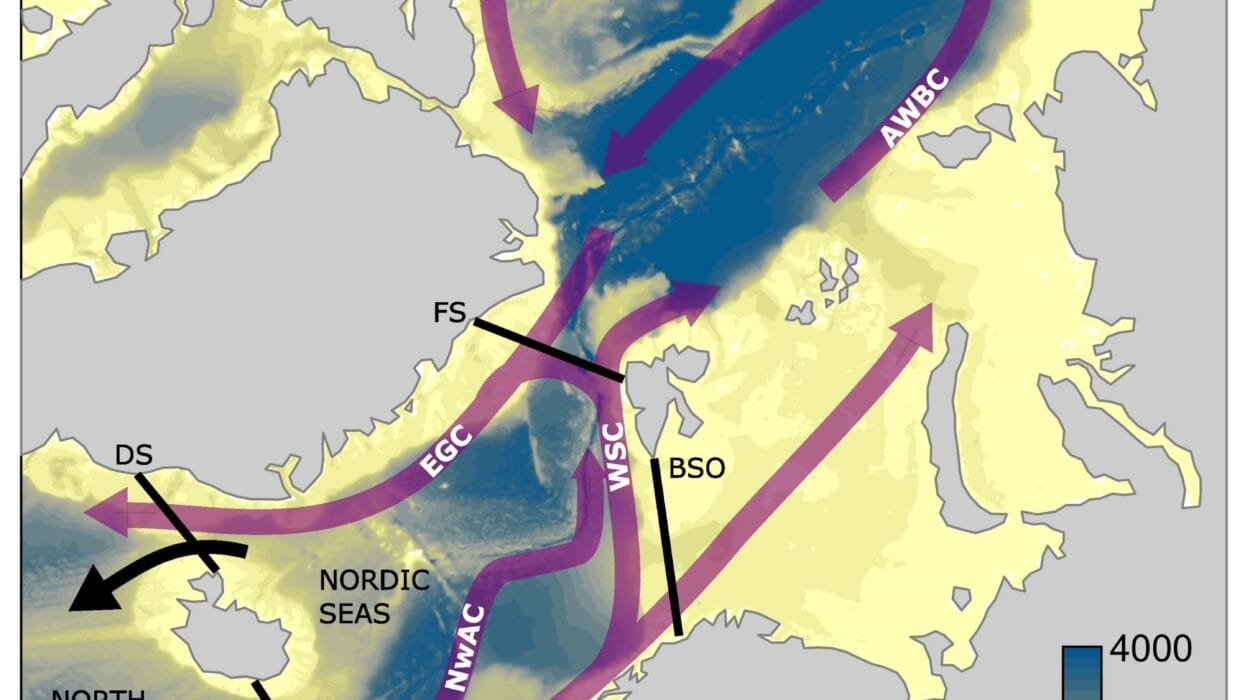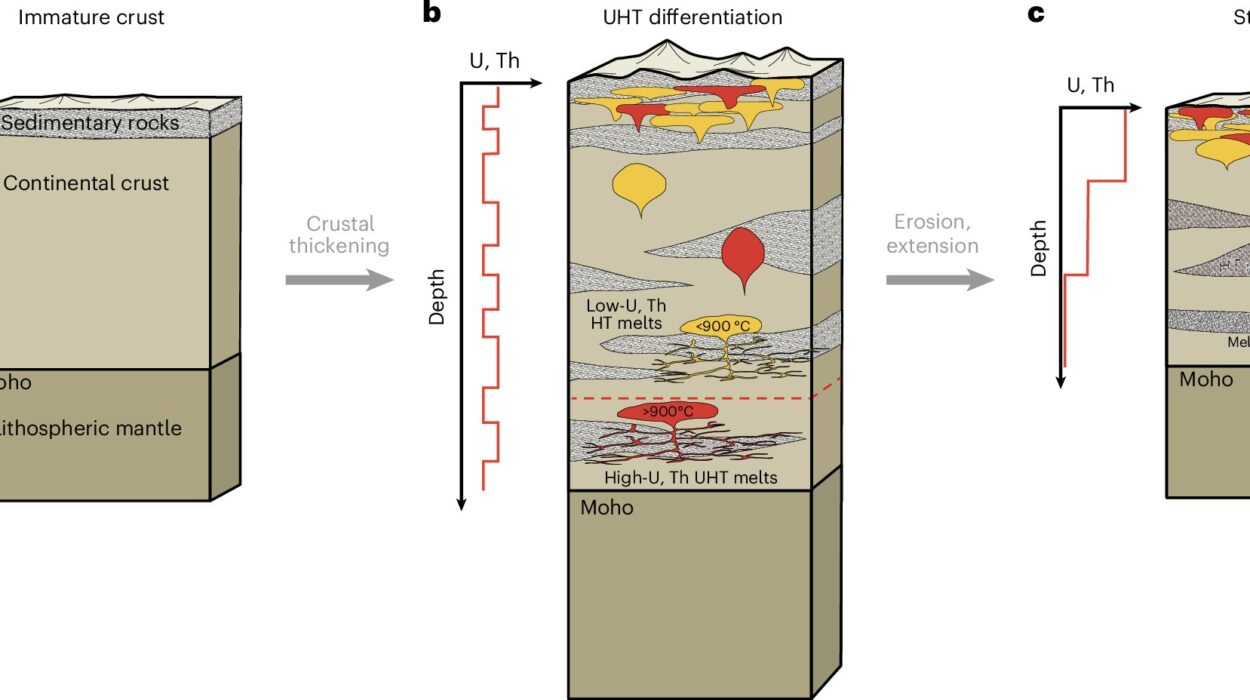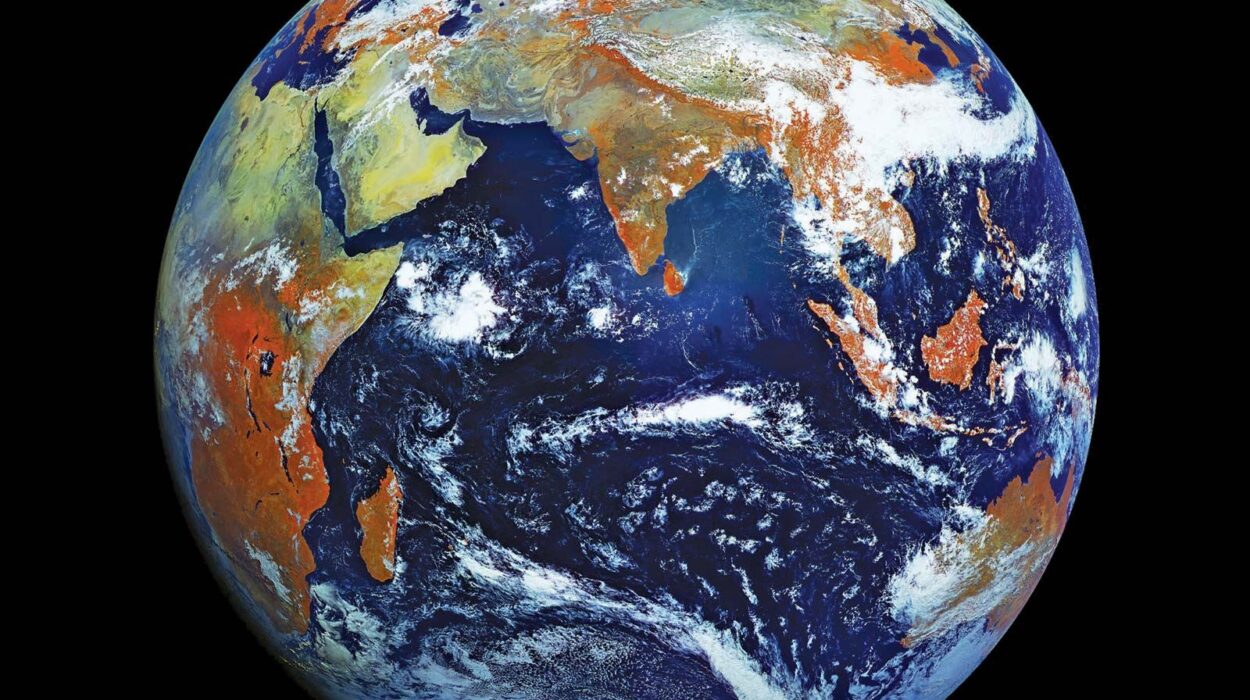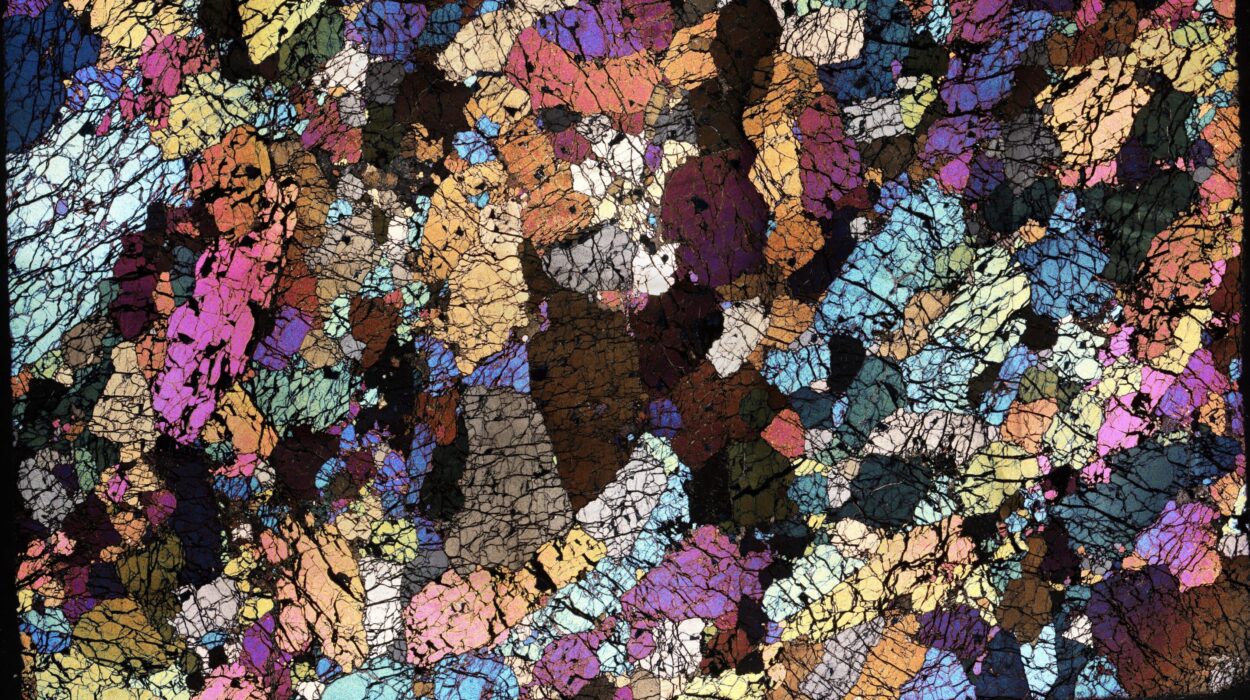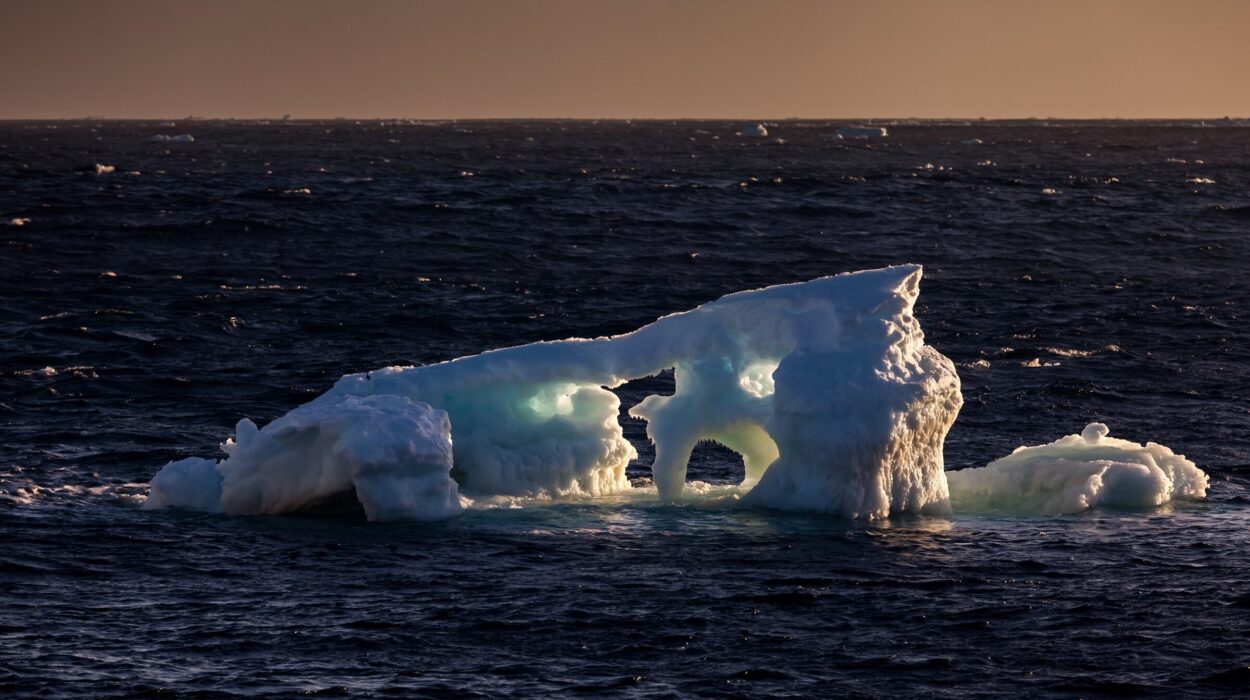An earthquake is one of nature’s most powerful and destructive forces, shaking the Earth’s surface with a tremendous force that can level cities, cause tsunamis, and change the landscape. The sudden release of energy from the Earth’s crust causes seismic waves to ripple across the planet, shaking the ground, shifting fault lines, and causing the ground to tremble. Earthquakes have been a part of Earth’s history for millions of years, and though modern technology has helped us understand their causes, prediction remains a challenge. From the scientific basics of seismic activity to the cultural and psychological impacts on societies, earthquakes offer an array of fascinating topics to explore. Let’s delve into the world of earthquakes, their causes, effects, and the way humans have adapted to their presence on our dynamic planet.
Understanding the Basics: What Causes an Earthquake?
At the most fundamental level, an earthquake occurs when there is a sudden release of energy beneath the Earth’s surface. This release creates seismic waves that travel outward, shaking the ground. But what causes this release of energy? The answer lies in the dynamic and ever-changing nature of the Earth’s interior.
The Earth’s crust, the outermost layer, is not a solid, unbroken sheet. Instead, it consists of several large pieces called tectonic plates. These plates float atop the Earth’s semi-fluid mantle, and they are in constant motion, albeit very slowly. The movement of these plates creates friction, and when this friction builds up beyond a certain point, it overcomes the strength of the rocks holding the plates together. This sudden break, or slip, releases the energy that causes the shaking we feel during an earthquake.
This break typically occurs along fault lines, which are fractures in the Earth’s crust where two tectonic plates meet. The most famous fault line, the San Andreas Fault in California, is just one example of many around the world that marks the boundary between two moving plates. When the plates grind against each other, they can get stuck, building up stress over time. Once the stress becomes too great, the plates suddenly shift, releasing the accumulated energy in a split second. This rapid release of energy creates the seismic waves responsible for the shaking ground.
Types of Earthquakes: Tectonic, Volcanic, and Collapse
Not all earthquakes are created by the same forces, and understanding the different types helps to explain why earthquakes occur in different regions and under varying circumstances.
1. Tectonic Earthquakes
The most common type of earthquake is the tectonic earthquake, which is caused by the movement of the Earth’s tectonic plates. These earthquakes can occur at three different types of plate boundaries: divergent, convergent, and transform.
- Divergent Boundaries: These occur when two tectonic plates move apart, allowing magma from the mantle to rise and solidify, often forming new crust. This process occurs at mid-ocean ridges like the Mid-Atlantic Ridge. As the plates move apart, the surrounding rock can break, triggering earthquakes.
- Convergent Boundaries: When two plates collide, one plate may be forced beneath the other in a process known as subduction. This can lead to the formation of mountain ranges, deep ocean trenches, and frequent earthquakes. The Himalayan mountain range and the Mariana Trench are both products of convergent boundaries, with their associated earthquakes being some of the most powerful.
- Transform Boundaries: At transform boundaries, two plates slide past each other horizontally. The friction between the plates prevents them from sliding smoothly, causing earthquakes when the stress is finally released. The San Andreas Fault is a famous example of a transform fault, which frequently causes earthquakes in California.
2. Volcanic Earthquakes
Volcanic earthquakes are closely associated with volcanic activity. As magma rises toward the Earth’s surface, it can cause the surrounding rock to fracture and create earthquakes. These earthquakes are typically smaller than tectonic earthquakes, but they can be extremely dangerous in areas with active volcanoes. Volcanic earthquakes often precede or accompany eruptions, providing vital information to scientists about potential eruptions and the potential for devastating lava flows, ash clouds, and pyroclastic surges.
3. Collapse Earthquakes
These are the least common type of earthquake and occur when underground caverns or mines collapse. These earthquakes are typically much smaller than tectonic or volcanic earthquakes but can still be destructive, especially in urban areas where mining activity occurs.
The Scale of Earthquakes: Measuring Their Impact
Understanding the scale of an earthquake is vital for assessing the potential damage and response needed. Earthquakes are typically measured on two scales: the Richter scale and the moment magnitude scale.
The Richter Scale
Developed by Charles F. Richter in 1935, the Richter scale measures the magnitude of an earthquake based on the amplitude of seismic waves. It is a logarithmic scale, meaning that each whole number increase represents a tenfold increase in amplitude and approximately 31.6 times more energy release. For example, a magnitude 5 earthquake releases roughly 31.6 times more energy than a magnitude 4 earthquake.
While the Richter scale was the standard for many years, it has since been largely replaced by the moment magnitude scale (Mw) for measuring the energy released during an earthquake.
The Moment Magnitude Scale (Mw)
The moment magnitude scale, developed in the late 20th century, measures the total energy released during an earthquake, taking into account factors like the area of the fault that slipped, the amount of slip, and the properties of the rocks involved. The scale is also logarithmic, so each whole number increase still represents a tenfold increase in amplitude. The moment magnitude scale is considered to be more accurate, especially for larger earthquakes, and it is now the most widely used scale for reporting earthquake magnitudes.
The scale of an earthquake has a direct impact on the damage it causes. Earthquakes with magnitudes less than 3.0 are typically not felt by humans and are considered micro-earthquakes. Earthquakes with magnitudes between 3.0 and 4.0 are considered light, while those between 5.0 and 5.9 are moderate. Strong earthquakes range from 6.0 to 6.9, while anything above a magnitude of 7.0 is considered a major earthquake capable of causing widespread devastation.
The Effects of an Earthquake: Ground Shaking and Beyond
The most immediate and obvious effect of an earthquake is the shaking of the ground. This shaking can cause buildings and infrastructure to collapse, resulting in significant loss of life and property. However, the effects of an earthquake extend far beyond just shaking. Let’s explore some of the other key effects that can occur during and after an earthquake.
Ground Rupture
In some cases, the fault movement during an earthquake can cause the ground itself to rupture, creating visible cracks in the earth’s surface. This can be particularly destructive in areas where buildings, roads, or pipelines lie directly along the fault line. The ground rupture can offset structures, making them unusable or even causing them to collapse.
Tsunamis
Earthquakes that occur under the ocean can displace large amounts of water, triggering the formation of tsunamis. Tsunamis are massive waves that travel across the ocean at great speeds. When these waves reach coastal areas, they can cause widespread flooding, washing away entire communities and causing more death and destruction than the earthquake itself. The 2004 Indian Ocean earthquake, for example, triggered a tsunami that claimed over 230,000 lives across several countries.
Landslides
The shaking from an earthquake can trigger landslides, especially in mountainous areas or regions with loose soil. These landslides can bury homes, roads, and entire villages, further compounding the disaster. In steep, hilly regions, landslides can be triggered by even moderate shaking, particularly in areas where deforestation or poor land management has increased the risk of soil erosion.
Liquefaction
Liquefaction occurs when the shaking of an earthquake causes water-saturated soil to temporarily lose its strength, causing buildings and infrastructure to sink or tip over. In areas with loose, sandy soils or near rivers and lakes, liquefaction can cause widespread damage, especially to buildings and roads that were not designed to withstand such conditions.
Preparing for an Earthquake: Mitigating the Risks
While it’s impossible to predict exactly when or where an earthquake will occur, there are ways to prepare for these events and reduce the risks associated with them. In earthquake-prone areas, governments, scientists, and individuals work together to develop strategies that can save lives and reduce property damage.
Building Codes and Engineering
One of the most important steps in earthquake preparedness is designing buildings and infrastructure to withstand seismic activity. This involves using building materials and techniques that allow structures to flex and absorb the energy from an earthquake rather than collapsing. In regions with frequent earthquakes, such as Japan and California, strict building codes are enforced to ensure that new buildings are earthquake-resistant. Retrofitting older buildings to meet modern seismic standards is also a key part of earthquake risk reduction.
Early Warning Systems
Advancements in technology have led to the development of earthquake early warning systems. These systems use seismic sensors placed throughout earthquake-prone regions to detect the initial seismic waves of an earthquake before the more damaging waves arrive. By providing seconds or even minutes of warning, these systems allow people to take protective actions, such as dropping to the ground, covering their heads, and holding on to something sturdy. Early warning systems are currently in use in countries like Japan, Mexico, and the United States.
Education and Drills
Public education is another critical component of earthquake preparedness. In areas at high risk for earthquakes, residents are encouraged to learn what to do during an earthquake and to participate in regular drills. This includes practicing “Drop, Cover, and Hold On” techniques and learning how to secure furniture and heavy objects that could pose a danger during a quake.
The Psychological Impact of Earthquakes
Earthquakes are not just physical events; they also have profound psychological and emotional effects on the people who experience them. The sudden and violent shaking of the Earth can leave survivors feeling disoriented, frightened, and traumatized. In the aftermath of an earthquake, many people experience symptoms of post-traumatic stress disorder (PTSD), anxiety, and depression. The loss of loved ones, homes, and communities can have long-lasting emotional effects.
In the years following major earthquakes, mental health services and community support systems play a vital role in helping survivors cope with the psychological impact of the disaster. Counseling, therapy, and peer support can help individuals and communities heal from the emotional scars of an earthquake.
Conclusion: The Unpredictable Nature of Earthquakes
Earthquakes remain one of the most awe-inspiring and unpredictable forces of nature. Despite advances in our understanding of the science behind them, the ability to predict when and where an earthquake will occur remains elusive. As the Earth’s tectonic plates continue to shift and interact, earthquakes will remain a part of our world.
While we cannot prevent earthquakes, we can take steps to minimize their impact. Through improved building practices, early warning systems, and public education, societies can reduce the devastation caused by these seismic events. And while we cannot change the fact that earthquakes are a natural phenomenon, we can adapt to them, build stronger, safer communities, and continue to advance our knowledge to better understand this incredible, dynamic planet we call home.

